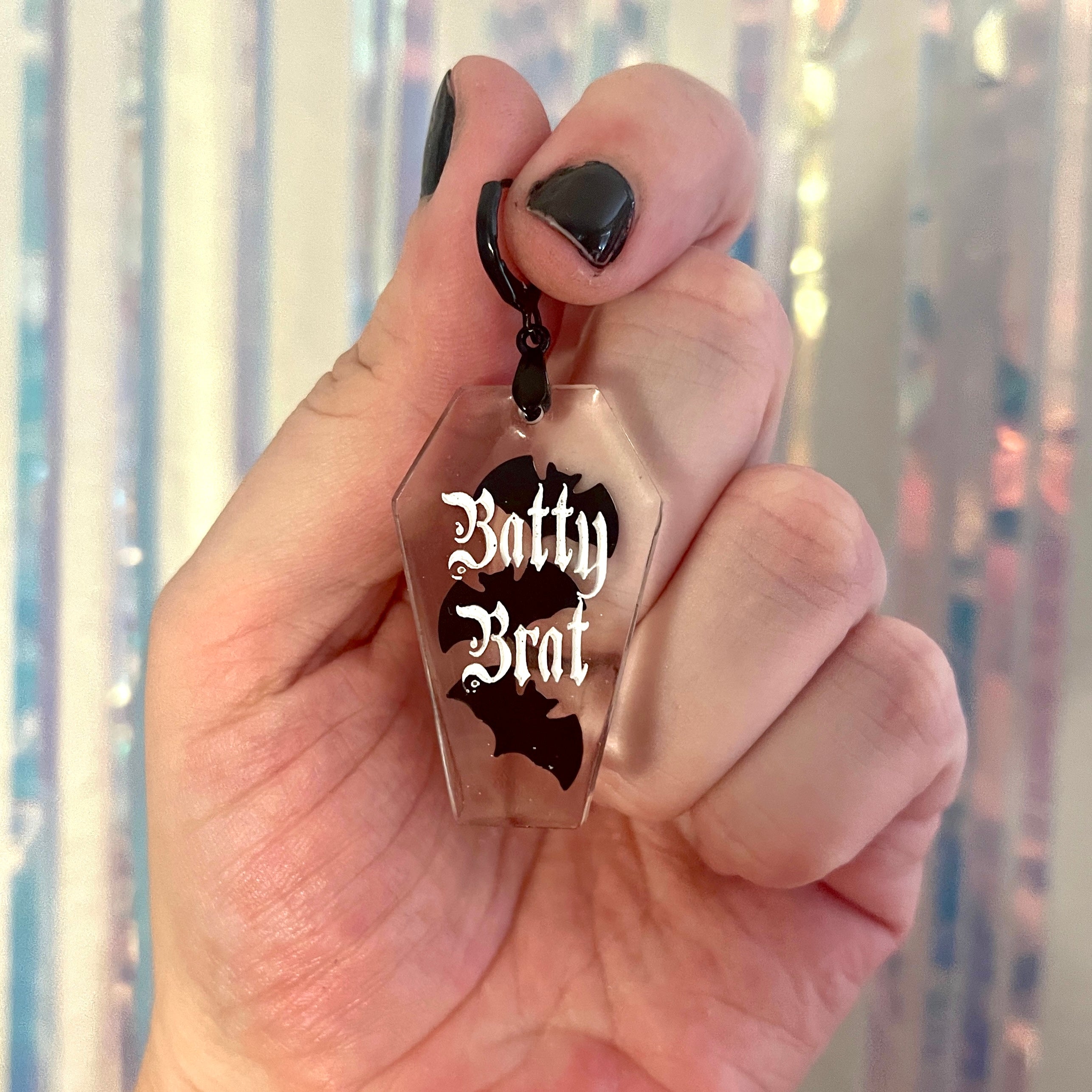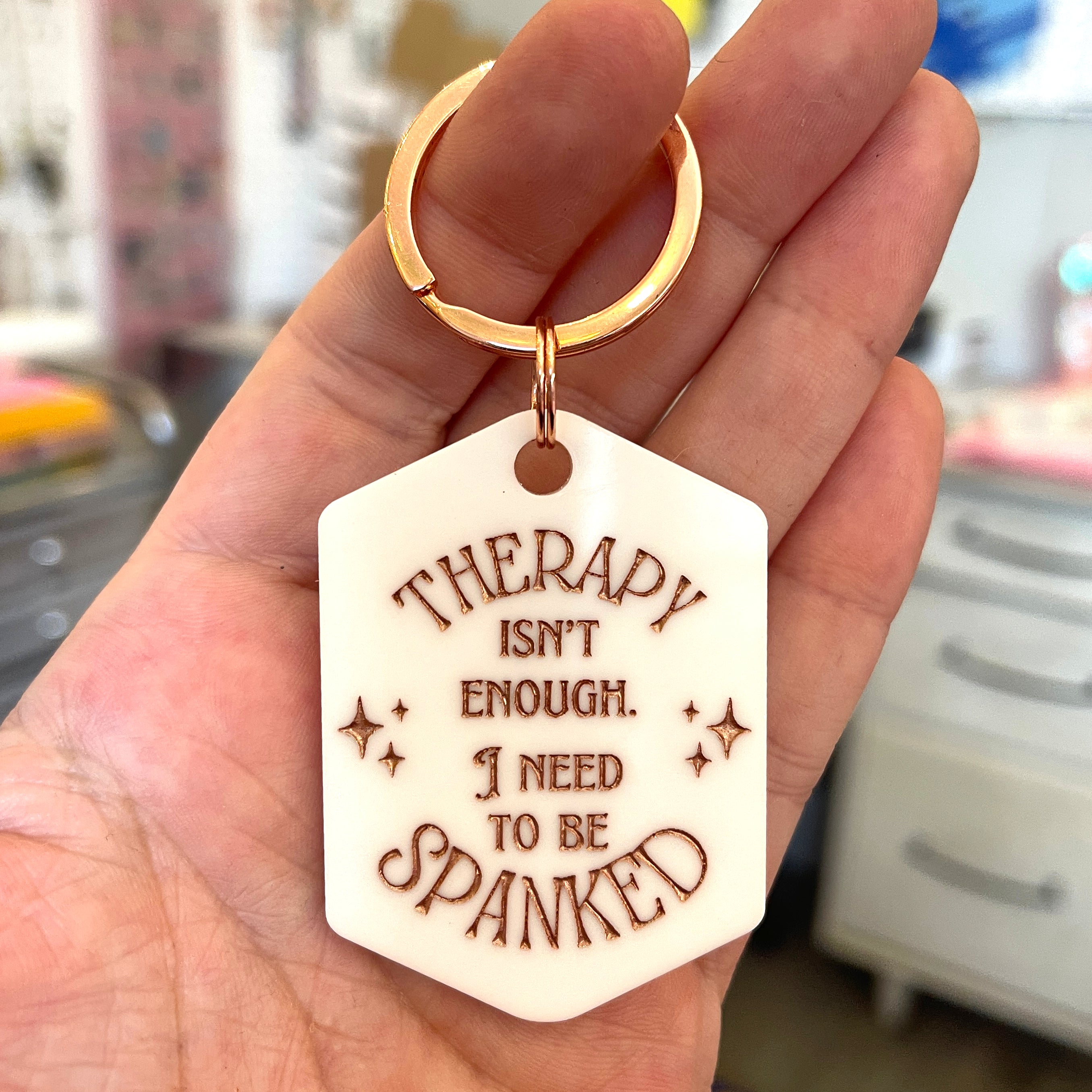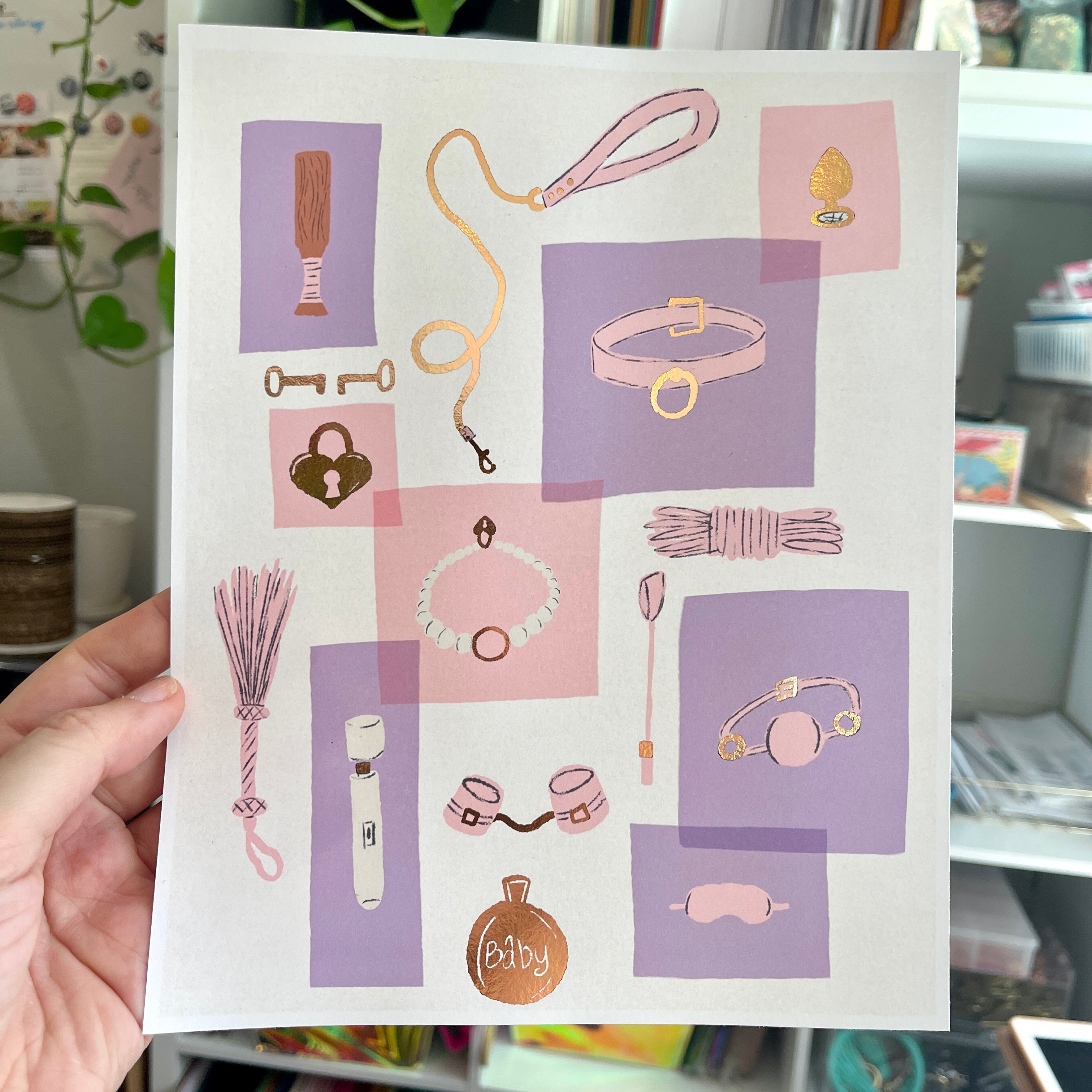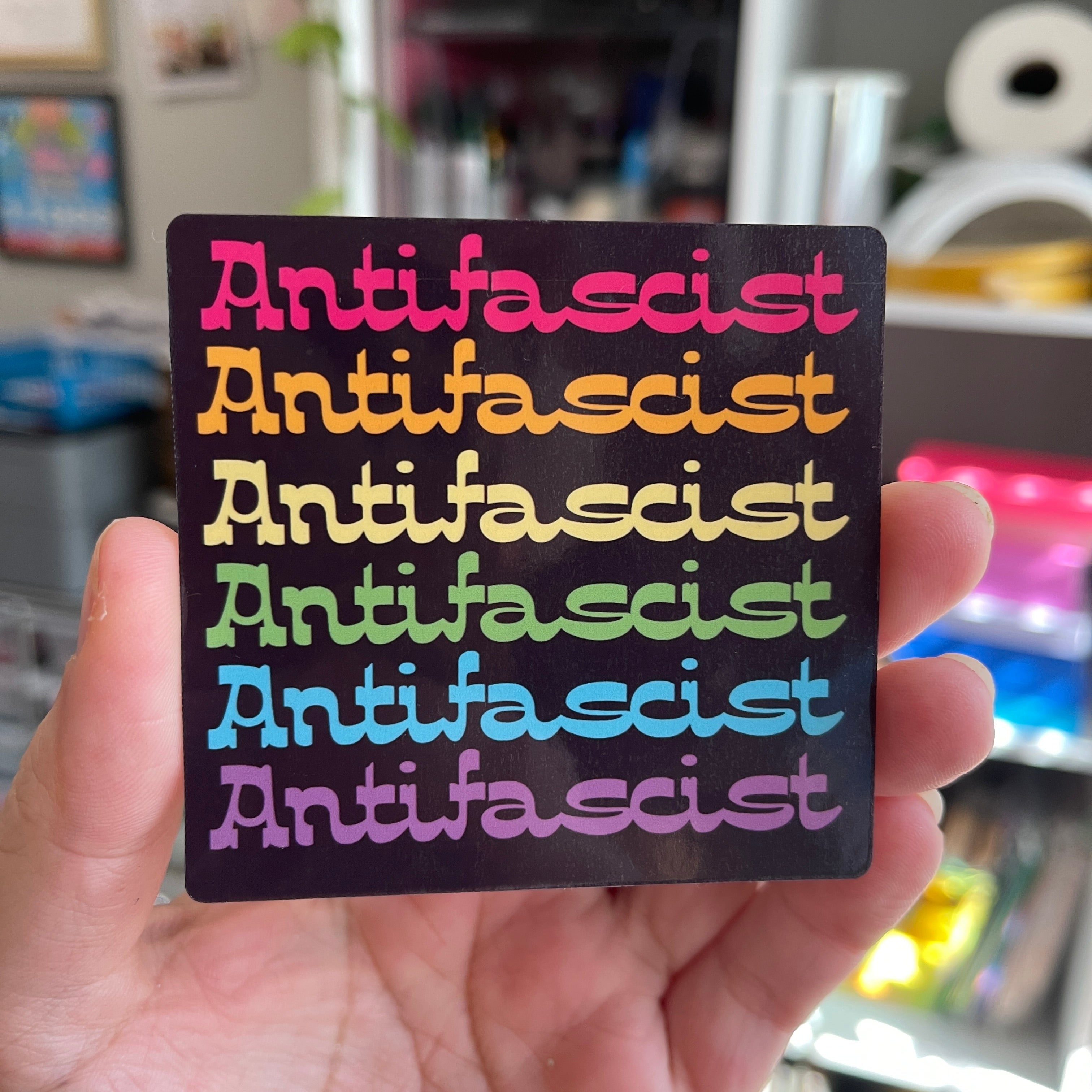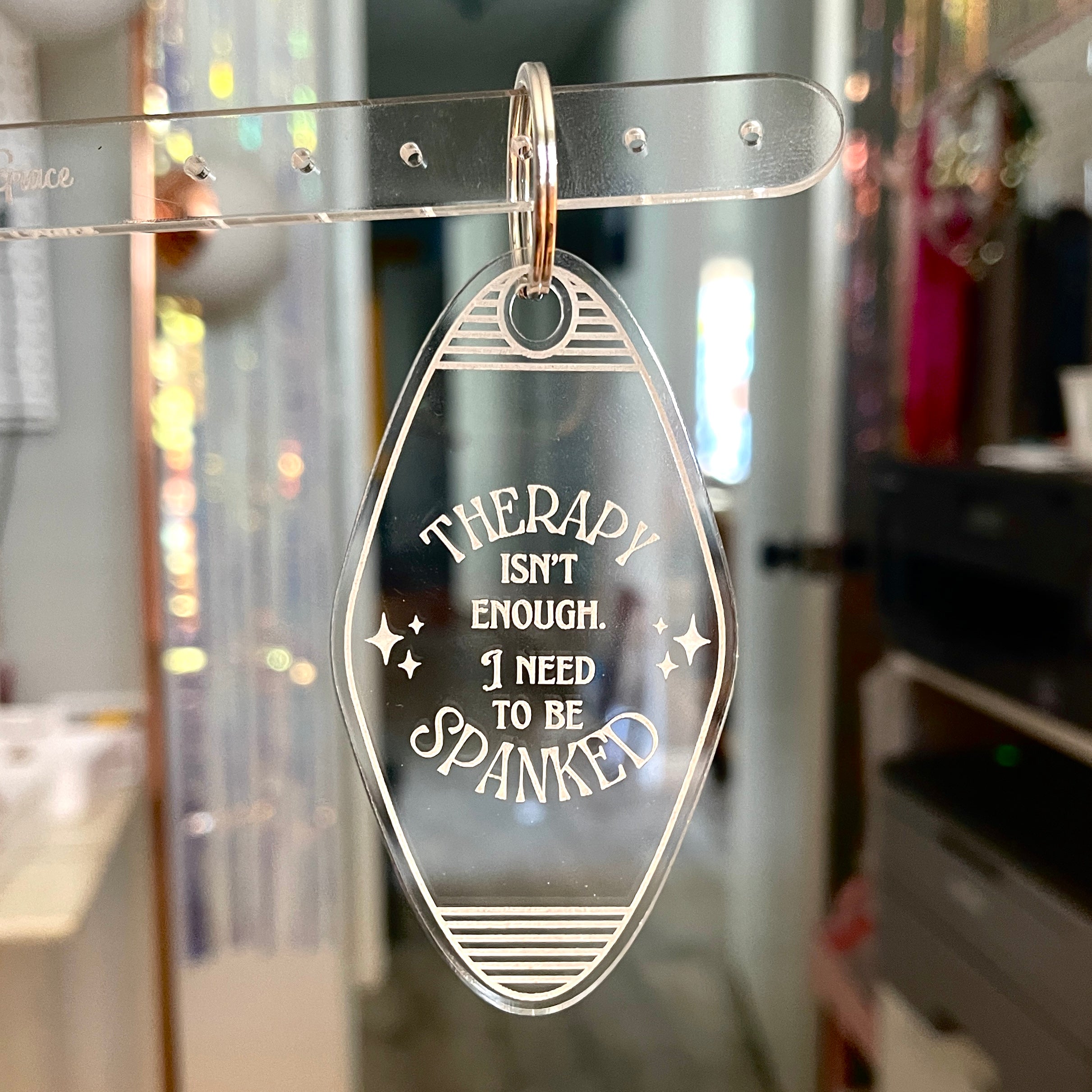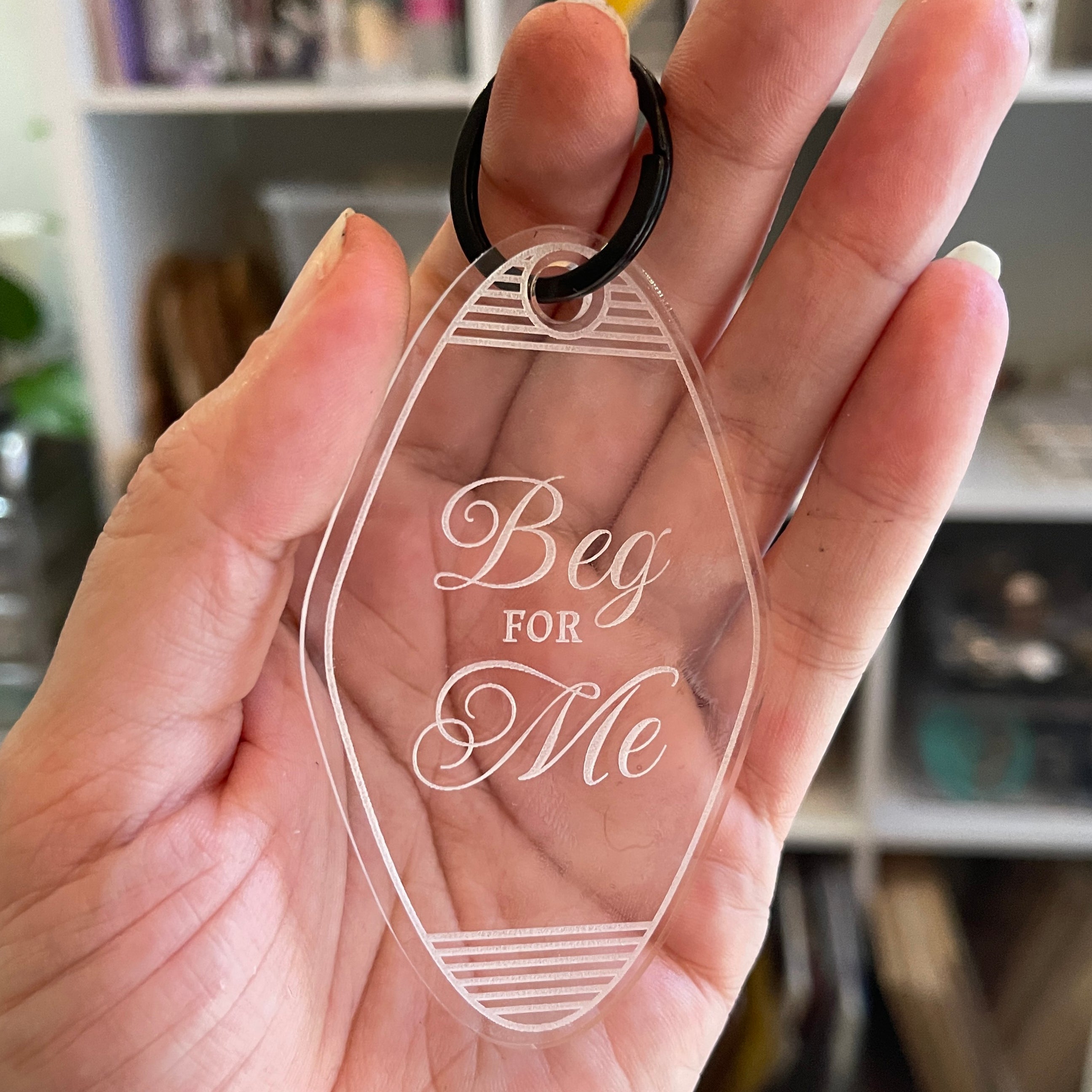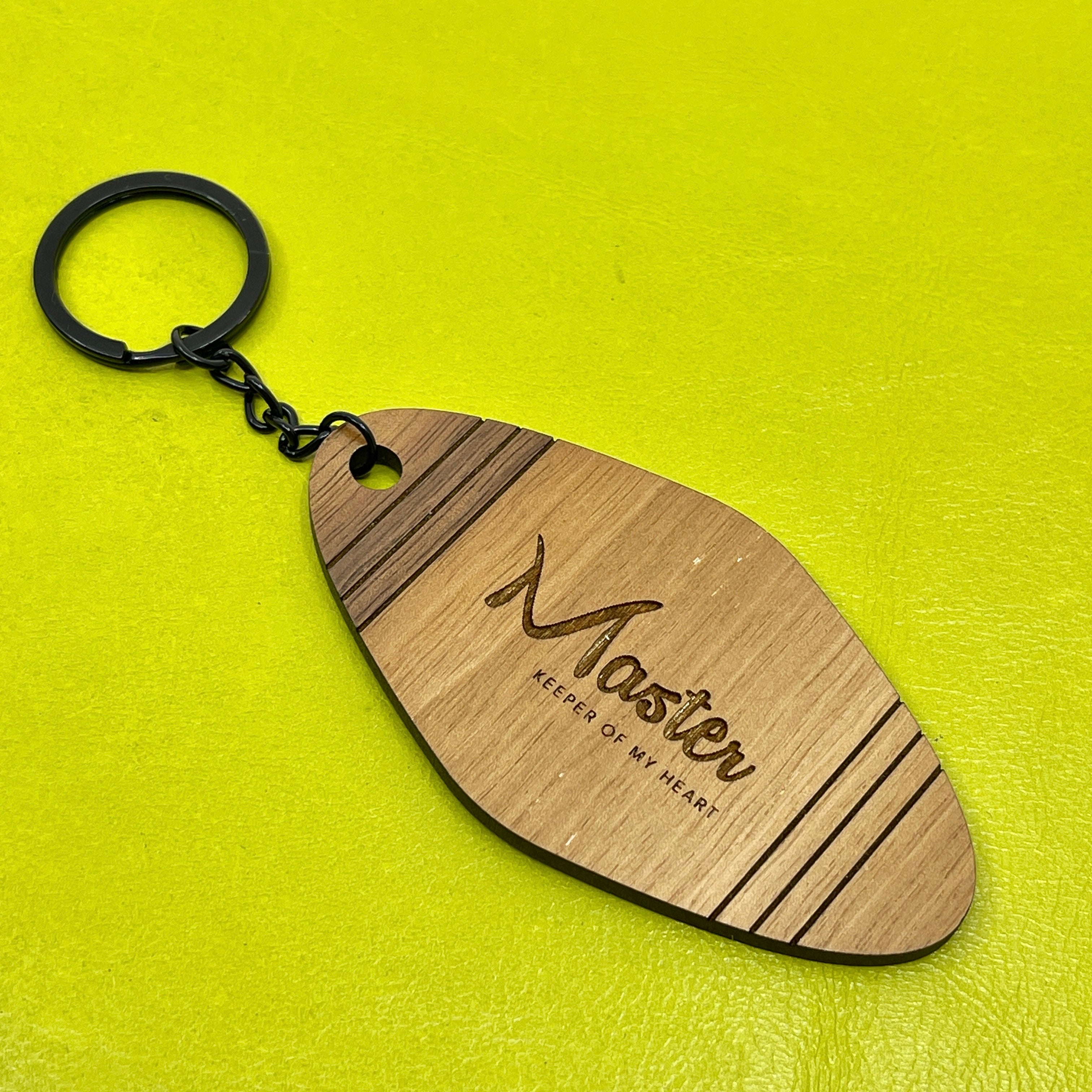Negotiating a BDSM (Bondage, Discipline, Dominance, Submission, Sadism, and Masochism) contract is an essential step in establishing a healthy and consensual BDSM relationship. This process is useful for ensuring that all parties involved understand their roles, boundaries, and expectations. While this is a classic element of many D/s dynamics, a written contract is not a requirement for every dynamic. After all, there is no One True Way.
Here's a short guide on how to negotiate a BDSM contract respectfully and effectively:
1. Communication is Key:
Open and honest communication is the cornerstone of any relationship, but especially a BDSM dynamic. All parties involved must express their desires, limits, and expectations clearly and without judgment. Discuss your fantasies, preferences, and hard limits to establish a mutual understanding.
There are a few ways to go about this if you're shy, from completing quizzes online and discussing the results together, or filling out BDSM checklists. (You'd better believe we have our own checklist on the way!)
2. Educate Yourself:
Before entering into a BDSM contract, educate yourself about different BDSM practices, safety protocols, and aftercare techniques. Knowledge is power, and understanding the various aspects of BDSM will enable informed decision-making during negotiations.
We never recommend rushing into kink practice. Go slow, learn, and take baby steps like exploring at Show and Tell type events at your local dungeon. Make friends in your local kink community by attending munches and social events. Developing a peer group within the community is a brilliant way to meet platonic play partners, which can often be an emotionally safer way to explore.
3. Establish Trust:
Trust is paramount in BDSM relationships. Discuss your experiences, concerns, and fears openly. Take the time to build trust with your partner(s) before engaging in any BDSM activities. Trust forms the basis for a safe and consensual BDSM dynamic.
Vet potential partners within your local community - ask trusted community members what they know about your potential partner. There's a whole lot more to establishing trust in BDSM - that'll be a whole blog series on it's own!
4. Define Roles and Responsibilities:
Clearly define the roles and responsibilities of all parties involved. Discuss who will take on the dominant (top) and submissive (bottom) roles, as well as any switches or specific roles within the BDSM dynamic. Establish the level of control, types of activities, and the intensity of scenes.
5. Set Boundaries and Limits:
Establish clear boundaries and limits for all activities. BDSM contracts often include lists of activities categorized as hard limits (activities that are off-limits) and soft limits (activities that might be explored under certain conditions). Respect these boundaries at all times, and run, don't walk, away from any partner who doesn't.
6. Plan for Safe Words and Signals:
Establish a safe word or signal that can be used to communicate when a participant is feeling uncomfortable, overwhelmed, or wants to stop the activity immediately. It's crucial to respect the safe word without question, ensuring a safe and consensual environment.
7. Discuss Aftercare:
Aftercare is the care and attention given to participants after a BDSM scene. It involves emotional support, physical comfort, and reassurance. Discuss your aftercare needs and preferences, ensuring that everyone involved feels emotionally and physically secure after engaging in BDSM activities.
8. Put It in Writing:
Once the negotiations are complete, consider putting the agreed terms in writing. A written BDSM contract can serve as a reference point, reminding all parties of their commitments and boundaries. However, remember that a contract is not legally binding; it is a symbolic agreement of consent and understanding.
Remember, every BDSM relationship is unique, and negotiations should be tailored to the preferences and dynamics of the individuals involved. Consensual BDSM is based on trust, communication, and mutual respect, so prioritize these elements throughout the negotiation process, regardless of whether that involves a written contract.






































